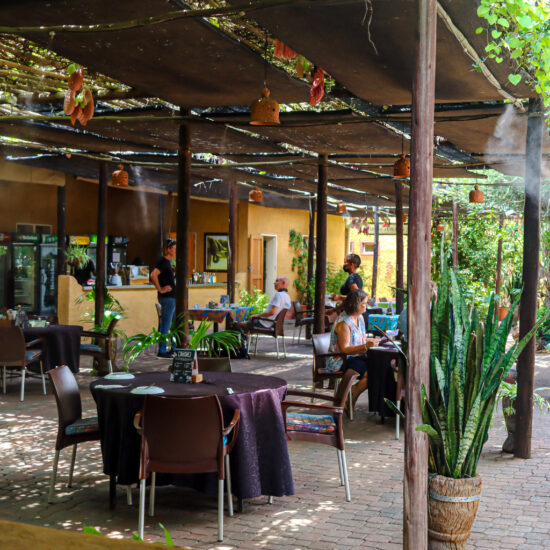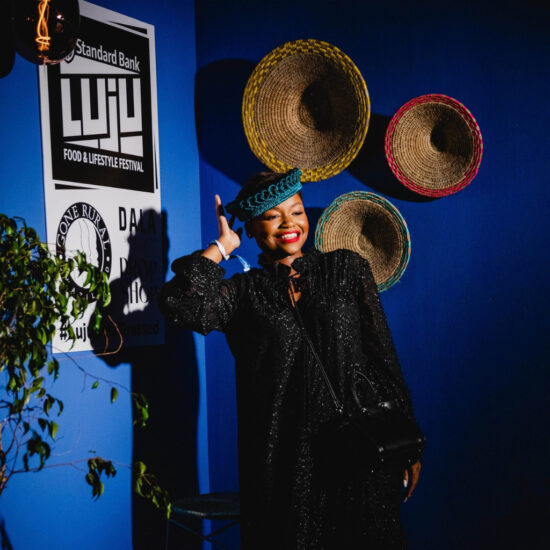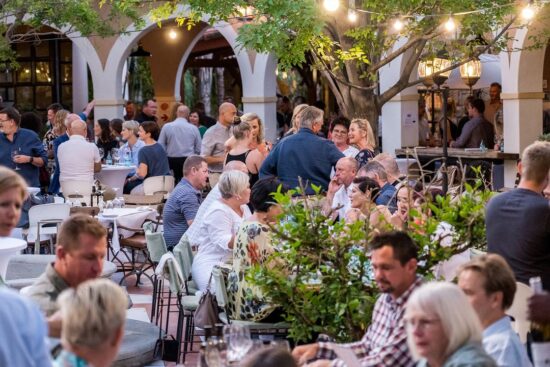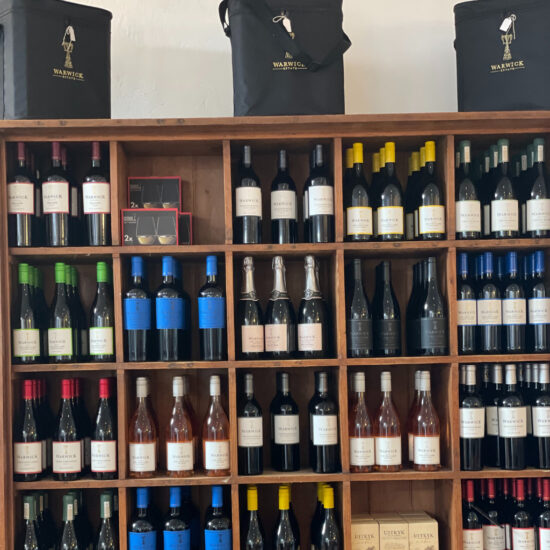
A Post Card From My European Summer
- 2 min read

It is incredible to think that a modest sandwich, a township staple, could be so intricately intertwined and mentioned as part of history.
Historically, the Kota is said to have t’s roots entrenched with the segregation era of apartheid South Africa. It was a staple for migrant mine workers who had neither the luxury of time to make a decent meal nor the money to be extravagant in their spending. The Kota became an amalgamation of creativity, resourcefulness and sheer survival.
The term Kota, is derived from the English word QUARTER, which quite literally means you are having a quarter of a full loaf of bread. It is then hollowed to allow for an infusion of different other foods such as chips, sausage, polony and cheese. The variations of additional foods will differ from place to place with others insisting that you cannot build a Kota without the addition of mango atchaar. After it is prepared, you cannot help but take time to marvel at this spectacular tower of flavours before you while considering exactly how you will eat it!
The Kota is now tightly woven into the fabric of South African culinary DNA. It is has become a geographical identifier and it has become part South Africa’s cultural identity. You cannot visit South Africa and not try the Kota. When you think of South African street food, the Kota has to come top of mind and whether you call it a Kota or Bunny Chow, experiencing the Kota- because yes, eating one becomes quite an experience on its own- is definitely unforgettable. Whichever way you choose to indulge in this epic and uniquely South African food, make sure you do it in the presence of good company with enough light heartedness to savour for some time to come.
It is definitely on our top 10 flavours to try and yes… one of Mzanzi’s finest!!
#ATasteofMzanzi






